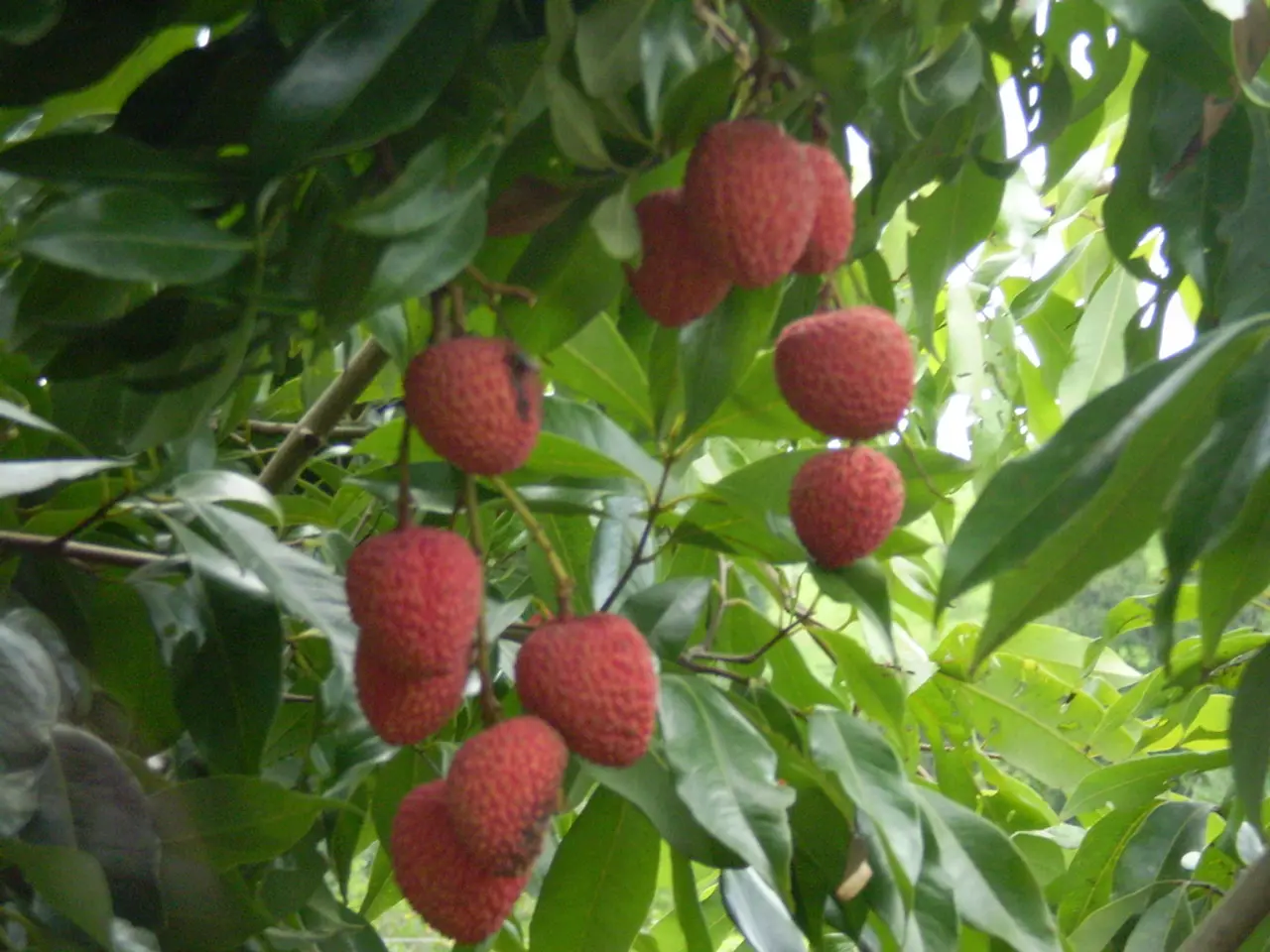Cultivating Strawberries in Your Backyard Plot
Growing a Vibrant Strawberry Patch: Tips for a Bountiful Harvest
Strawberries are a delightful addition to any garden, offering a sweet taste of summer and a range of culinary possibilities. To ensure a successful strawberry patch, follow these practical tips for planting, care, and harvesting.
First and foremost, it's crucial to prepare the soil according to soil test results. Apply nutrients and lime (if needed) prior to planting to create an optimal environment for your strawberries.
When it comes to planting, both June-bearing and day-neutral strawberry cultivars have their advantages. June-bearing strawberries produce a single, high-yield crop in late spring to early summer, lasting about 2-3 weeks. Popular varieties include 'Earliglow', 'Honeoye', 'Surecrop', and 'Chandler' (the latter suited for warmer climates). On the other hand, day-neutral strawberries flower and fruit regardless of day length, producing fruit continuously through summer into fall, though the individual harvests are smaller. Varieties such as 'Evie 2', 'Toscana', 'Portola', 'Albion', and 'Seascape' are commonly grown.
Growing both types stagger the fruit production so you get a large early summer crop followed by ongoing fruiting throughout the season. This combination leverages the one-time high yield of June-bearers and the prolonged, steady fruiting of day-neutral plants to maximize fresh strawberry availability over an extended period.
Proper care is essential for healthy plants and better yields. Plant your strawberries in full sun, spacing them 18-24 inches apart for June-bearers and 8 to 12 inches apart for day-neutral varieties. Mulch your strawberry planting with 3 to 4 inches of straw or wood chips to conserve moisture. Additionally, maintain weed-free soil to support your strawberries' growth.
Harvest frequently (every 1-2 days) to maximize fruit production and minimize spoilage. Strawberries are excellent for fresh consumption, as well as for making jams, jellies, and freezing for future use. Freshly sliced and sugared strawberries are a delight when served chilled either alone or over shortcake or ice cream.
Winter protection for strawberries is necessary, and straw mulch should be applied 2 to 3 inches deep over the plants after several sharp freezes in the low 30s or high 20s in fall. A new planting should be established after strawberry plants produce fruits for more than three to four years for maximum production every year.
It's also important to note that soil testing every two to three years is recommended for the best yield and quality of strawberries. Mechanical cultivation, mulches, and certain herbicides are suitable for maintaining essentially weed-free strawberry plantings.
After renovation, strawberry plants require 1 inch of water each week to promote growth if it does not rain. Strawberries contain many antioxidants, which have anticancer properties, making them a nutritious addition to your diet.
Lastly, remember that a strawberry patch does not remain productive forever. The strawberry yield will decline during the second and third years of fruiting. However, with proper care and attention, you can continue to enjoy the fruits of your labour for many summers to come.
[1] Strawberry Master - https://www.strawberrymaster.com/ [2] Strawberry Plants - https://www.strawberryplants.com/ [3] Strawberry Plants Guide - https://www.almanac.com/plant/strawberries [4] University of California Agriculture and Natural Resources - https://ucanr.edu/sites/Strawberries/
- For a successful strawberry patch, it's essential to prepare the soil following soil test results, especially when considering horticulture and home-and-garden activities like gardening.
- A combination of June-bearing and day-neutral strawberry cultivars can result in a bountiful harvest, offering a long haul of fresh strawberries for lifestyle enjoyment such as snacking, making jams, or baking.
- Proper care of strawberry plants, including ample sunlight, regular weeding, and mulching, will contribute to optimal yields and health, while also offering nutritious benefits for your diet, given the antioxidants found in the plants.






